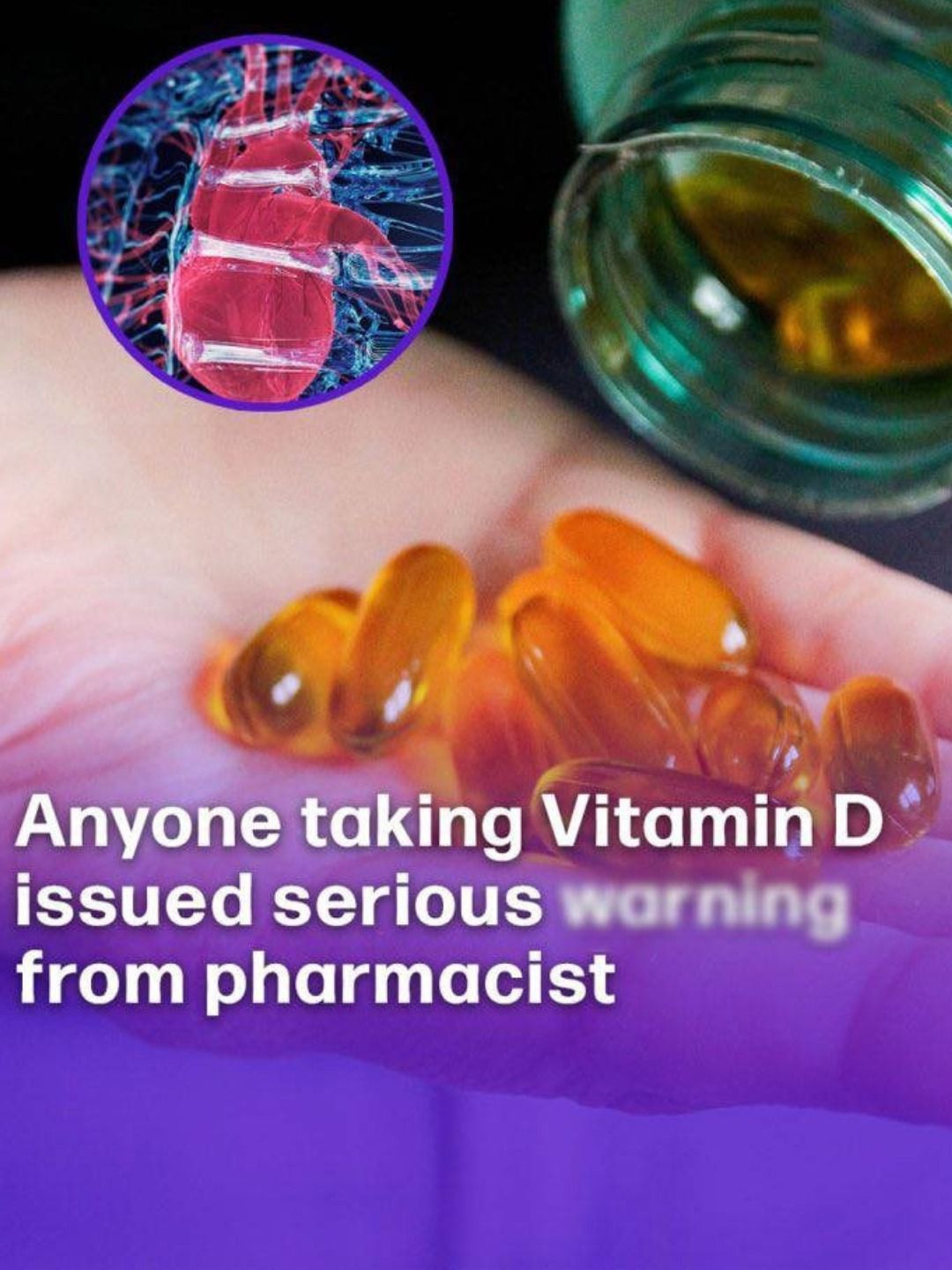☀️ Why We Need Vitamin D
Your body makes vitamin D when your skin is exposed to sunlight. It’s also found in foods like:
Oily fish (salmon, mackerel)
Egg yolks
Fortified cereals and dairy
But many of us don’t get enough — especially during winter months or if we spend most of our time indoors.
That’s where supplements come in.
✅ The Recommended Daily Amount
For adults aged 19–70, the recommended intake is:
15 mcg (600 IU) per day
This amount helps maintain healthy levels without risk.
For those over 70, the recommendation increases to 20 mcg (800 IU) due to reduced skin synthesis and absorption.
The UK NHS advises:
Everyone consider taking 10 mcg (400 IU) daily in autumn and winter
Some high-risk groups (e.g., housebound, darker skin tones) take it year-round
⚠️ The Hidden Danger: Vitamin D Toxicity
Unlike water-soluble vitamins (like C or B), vitamin D is fat-soluble — meaning your body stores it in fat tissue and the liver.
If you take too much for too long, it can build up to toxic levels.
What Happens When You Take Too Much?
Excess vitamin D causes hypercalcemia — too much calcium in your blood — which can lead to:
Nausea, vomiting, poor appetite
Mild
Constipation, weakness
Moderate
Kidney stones or kidney damage
Serious
Heart rhythm problems
Severe
Bone pain & confusion
Advanced toxicity
💡 These symptoms usually develop over weeks or months — not overnight.
📉 How Much Is Too Much?
The tolerable upper intake level (UL) for adults is:
100 mcg (4,000 IU) per day
Taking more than this long-term increases the risk of toxicity.
🚫 Never exceed 4,000 IU daily unless under medical supervision.
Some high-dose supplements contain 5,000 IU or even 10,000 IU per dose — these are meant for short-term use only and should not be taken daily without a doctor’s approval.
💡 Pharmacist Tips for Safe Supplement Use
✅ Take it with food that contains healthy fats
Since vitamin D is fat-soluble, pairing it with nuts, avocado, yogurt, or olive oil boosts absorption by up to 30%.
✅ Stick to the right dose
Most people only need 400–800 IU per day unless deficient. Higher doses should be temporary and monitored.
✅ Avoid stacking supplements
Check all your products — multivitamins, calcium blends, and immune boosters may all contain vitamin D. Combined, they could push you over the limit.
✅ Get tested if unsure
A simple blood test (25-hydroxyvitamin D) shows your levels. Ideal range: 50–125 nmol/L.
✅ Don’t self-prescribe high doses
If you’re severely deficient, your doctor may prescribe a short course of high-dose vitamin D (e.g., 50,000 IU weekly for 6–8 weeks). But this isn’t for long-term use.
🧴 Forms of Supplements: Which Is Best?
Tablets/Capsules
Precise dosing, widely available
May require fat for absorption
Sprays (Oral)
Absorbed under the tongue — good for gut issues
Can be expensive
Gummies
Tasty, easy to take
Often lower potency; added sugar
Liquid Drops
Easy to adjust dose
Must measure carefully
👉 All forms work — choose one you’ll take consistently.
❤️ Final Thought: Balance Is Better Than Excess
You don’t need mega-doses to be healthy.
Just consistent, sensible amounts — supported by sun, food, and smart supplementation.
Because true wellness isn’t about loading up on pills…
It’s about understanding what your body actually needs — and giving it just enough.
So before you pop that next vitamin D pill…
Pause.
Check the label.
And ask:
“Am I helping myself — or harming myself?”
When used wisely, vitamin D is powerful medicine.
When overused, it can do real damage.
Stay informed. Stay safe.
And let sunshine — natural or supplemental — support your health the right way. 💛

Leave a Reply